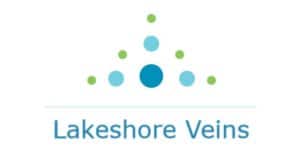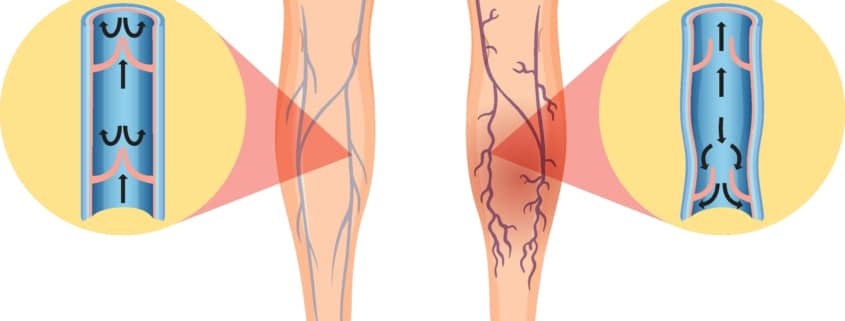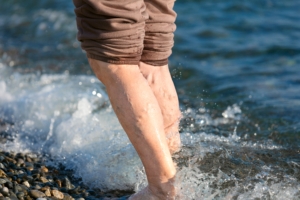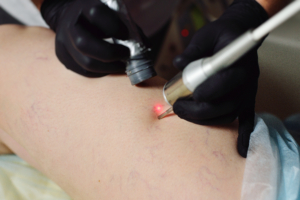Understanding Varicose Vein Pain
Varicose veins are a common condition that affects millions of people worldwide. While they are often considered a cosmetic concern, varicose veins can also cause discomfort and pain. If you or someone you know is experiencing varicose vein pain, it’s essential to understand its causes, symptoms, and available treatment options. In this blog post, we will delve into the world of varicose vein pain and explore ways to manage and alleviate the discomfort associated with this condition.
Varicose Vein Description
Varicose veins are enlarged, twisted veins that usually appear on the legs or feet. They develop when the valves within the veins weaken or become damaged, leading to blood pooling and increased pressure on the vein walls. This pressure results in swollen, bulging veins, which can be both unsightly and painful.
Varicose Vein Causes
Several factors contribute to the development of varicose vein pain. Weak or damaged valves are a primary cause, often running in families, as they disrupt normal blood flow, leading to venous insufficiency and increased pressure within the veins. Hormonal changes, such as those occurring during pregnancy and menopause, can also weaken vein walls and contribute to varicose vein formation. Additionally, prolonged periods of standing or sitting can hinder proper blood circulation, increasing the risk of varicose veins and associated pain.
Varicose Vein Symptoms
Some symptoms of varicose veins include:
- Aching or throbbing pain in the legs, particularly after extended periods of standing or sitting.
- A sensation of heaviness or fatigue in the legs.
- Swelling, especially around the ankles and feet.
- Itching or irritated skin over the affected veins.
- Muscle cramps, particularly at night. 
Varicose Vein Treatment
Fortunately, several treatment options are available to manage and alleviate varicose vein pain. Regular exercise, maintaining a healthy weight, and avoiding prolonged periods of standing or sitting can help improve circulation and reduce discomfort. Another option is compression stockings, which provide gentle pressure to the legs, promoting blood flow and reducing pain and swelling. Elevating the legs above heart level for short periods can help alleviate pain by reducing blood pooling and improving circulation. In some cases, medical interventions may be necessary to address varicose vein pain. Sclerotherapy involves injecting a solution into the affected vein to cause it to scar and collapse, eventually the scarred vein is absorbed by the body. Endovenous laser treatment (EVLT) utilizes laser energy to heat and seal the problematic vein, rerouting blood flow to healthier vessels. Ambulatory phlebectomy involves making small incisions to remove the varicose veins.
Varicose vein pain can be more than just a cosmetic concern, causing discomfort and affecting the quality of life for many individuals. Understanding the causes, symptoms, and available treatment options is crucial for effectively managing this condition. By adopting lifestyle modifications, utilizing conservative measures like compression stockings, or considering minimally invasive procedures, individuals can find relief from varicose vein pain and improve their overall well-being. If you’re experiencing varicose vein pain, Lakeshore Veins is here to help. Schedule a consult today and we can determine the best treatment plan to get you pain free in no time.





